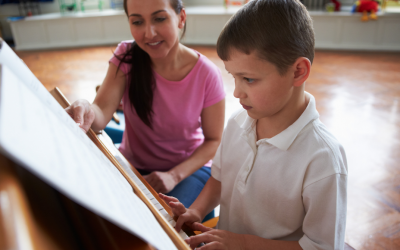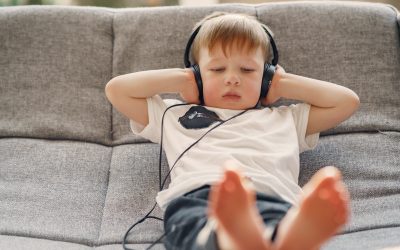facebooktwitterpinterestinstagramyoutubePrivate piano lessons can be very expensive even under normal circumstance, however, over the years, while consulting and helping parents I have seen tons of really terrible mistakes that they make, which in turn end up costing...

7 Reasons Why Your Child Needs To Read And Write Music
7 Reasons Why Your Child Needs To Read And Write Music
One argument I often hear is that kids who can play by ear don’t need to learn to read or write music.
Have you heard that argument?
Have you bought into it?
Are you someone who can play by ear or can your child play by ear? If so, can you also read and write music or are you only able to play by ear?
In this post I will be discussing why even kids and adults who can play piano by ear, should learn to read and write music.
So let’s get started.
To Play Complex Pieces
Yes, your child may be able to play piano by ear, but as he grows will he be able to play really complex pieces of music, with all the chord progressions and with different arrangements?
While the correct answer to this question is – we will never know.
The most probable outcome, based on past statistic is a resounding NO.
Because playing really complex pieces by ear without actual knowledge of music theory is very rare.
It’s not impossible but it’s improbable.
Great Musicians Could Read And Write Music
Continuing on from the previous point, a very large proportion of great musicians could read and write music.
And it was their ability to do so, that helped them get to the pinnacle of success.
Helps With Music Analysis
Again, continuing on from the previous point, being able to read and write music, will help your child to analyze music with an underlying theoretical knowledge.
This will help make sense of the music, the melodies, the rhythms, the chords and the technicalities, all of which, then help your child to create and become more proficient and play extremely complex pieces.
To Express And Share Music
Playing by ear is a talent. But that alone isn’t enough.
Your child may be able to compose his own melodies as well.
Now, if she is unable to write out those melodies, how will she share it with others.
I know you will say she can just record her music and play it out and share it that way. Yes, that is true.
But as you know it isn’t as simple as that and simply recording a tune can be very limiting.
Whereas with a thorough understanding of theory, your child will be able to do so much more with her creations.
To Diversify Learning
A solid understanding of music theory, and the ability to read and write music, will also enable your child to learn more instruments faster.
And translate the knowledge gained with one instrument to another.
Become A Better Performer
Learning to read and write music will immensely help your child become an even better player.
Of course you have to understand, at the initial stages it will be very hard and it will look like your child is becoming worse, but that is because she is learning a totally new skill.
After the tipping point is achieved however, you will see her improve by leaps and bounds.
Helps To Engage And Develop All Parts Of The Brain
Research indicates, learning to read and write music, helps to engage all the different parts of the brain. Also it helps to improve hand eye coordination, improves math skills and so much more.
So as you can see, there are many reasons why your child needs to learn to read and write music.
What do you think?
Do you think learning to read and write music is very important?
Would you like to have your child learn to read and write music? Then sign up for my FREE piano lessons right now and have your child Reading Music Notes and Playing the Piano in just 5 Days.

Karen Cadera
Founder/Creator
Mom, Teacher, Minimalist, Zero Waste Enthusiast, Multi Pod.
My daughter loved the games, but there were also worksheets and videos. The weekly lesson plans were complete, and I never questioned what I should be doing next.
This program reminded me (and allowed me to teach my son) how to read music. To me, that was the most important thing that we learned together. Of course, it was very rewarding for me to watch my son play the piano with both hands at the same time, while reading sheet music. His favorite parts of the course were actually playing the songs and doing the worksheets provided.
Articles That Maybe Of Interest To You
11 ‘Terribly’ Expensive Mistakes Families Make When Paying For Private Piano Lessons
4 Absolute ‘Must Know’ Ways To Help Your Budding Composer Excel In The Homeschool
facebooktwitterpinterestinstagramyoutubeDo you have a child that is great at creating his or her own music? Even if you don’t think that they he/she is great at it, know that all great composers started somewhere and your child may have the potential to be one as...
3 ‘Shockingly’ Simple Ways To Teach Children To Appreciate Different Genres Of Music In The Homeschool
facebooktwitterpinterestinstagramyoutubeI guess you are surprised to know that there are a variety of very simple ways in which, you can teach your kids to appreciate different genres of music in the homeschool. Yes, even if you have no background in music and no...







